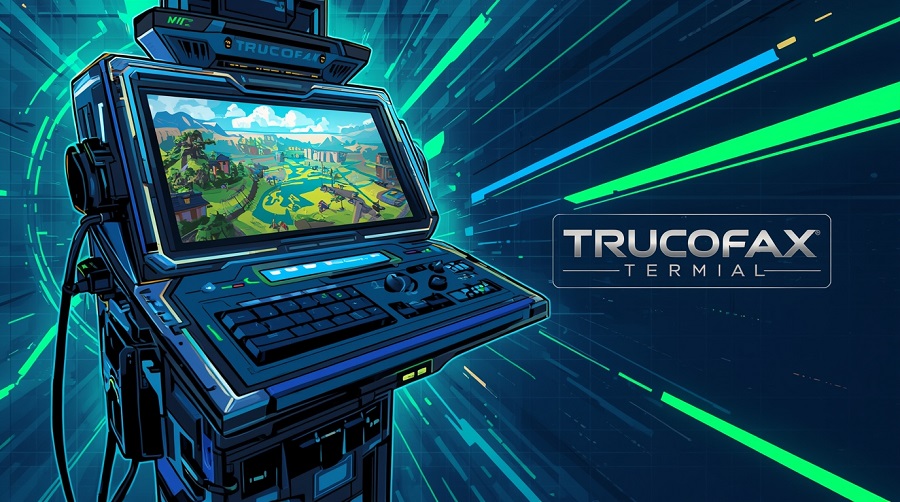Genspark AI emerges as a bold contender in the rapidly evolving landscape of artificial intelligence. Launched in 2023 by a team of search and AI veterans, Genspark has rapidly evolved from an innovative AI search engine into a comprehensive AI workspace. By November 2025, the platform will have achieved unicorn status. It raised $275 million in a Series B funding round at a $1.25 billion valuation. It reached $50 million in annualised run rate within just five months. This milestone underscores its explosive growth and positions it as a direct challenger to giants like Microsoft 365 Copilot and Google Gemini.
At its core, Genspark isn’t just another AI tool; it’s an “all-in-one AI workspace” that orchestrates a fleet of autonomous agents to handle complex workflows with minimal user input.
The Genesis: From AI Search to Super Agents
Genspark was co-founded by Eric Jing, a Microsoft Bing alum who joined the company in 2006 and later served as CPO at Baidu, where he scaled search businesses to $5.5 billion. Alongside Kay Zhu and other experts from Google, Meta, YouTube, and Pinterest, Jing aimed to “distil the web” into actionable insights. Initially, Genspark launched as an AI-powered search engine that generated “Sparkpages”—custom, synthesised webpages tailored to user queries, pulling from authoritative sources to avoid the noise of traditional search results.
By early 2025, recognising the limitations of search alone, the company pivoted to productivity. This shift birthed the Genspark AI Workspace, a suite of tools powered by a proprietary “Mixture-of-Agents” architecture. Unlike single-model LLMs that excel at reasoning but falter on execution, Genspark intelligently selects and orchestrates from over 30 AI models—including GPT, Claude, Gemini, and open-source alternatives—to plan, act, and refine tasks autonomously.
Genspark’s integration of these capabilities has fueled its rapid adoption, boasting over 200 million users and an impressive 87.8% score on the GAIA benchmark for general AI assistance.
Core Features of Genspark AI
Genspark’s strength lies in its modular yet interconnected features, accessible via web, iOS, and Android apps. Here’s a breakdown of the standout components:
Autonomous Orchestrator
The Genspark Super Agent handles high-level goals like “Plan a 5-day Tokyo trip” by:
- Researching flights
- Booking hotels
- Generating itineraries
- Making real phone calls using AI-generated voices.
9 LLMs and over 80 tools: Enable tasks from deep research to content creation without rigid workflows.
AI Slides and Sheets
AI Slides: Transform documents like Word, Excel, and PDFs into boardroom-ready decks with auto-researched content. One prompt can yield infographics, timelines, or full presentations.
AI Sheets: Query data in plain English for instant analysis, visualisations, and reports. It auto-collects info on companies, people, or products, generating charts without formulas.
Multimedia and Collaboration Tools
AI Image, Video, and Audio: Create stunning visuals, short clips, or podcasts from prompts. Nano Banana Pro handles advanced video generation.
AI Inbox and Teams: Automate email summaries, meeting notes, team collaborations and new additions like AI Drive and Enterprise.
AI Developer and Designer: Build websites, landing pages, or debug code autonomously, integrating with tools like Google Slides for seamless exports.
User Experiences
Early adopters and reviewers are largely enthusiastic, with Genspark earning accolades for its versatility.
On app stores: It has high ratings for mobile productivity, with users raving about generating bespoke podcasts, headshots, or lead lists in minutes. A Medium post highlighted its edge over competitors like Manus AI, calling it a “new breed of AI agent” that acts rather than chats. Tech reviewers note it replaces 2-3 niche tools in content workflows, from SEO-optimised articles to bulk CSV uploads for scaled creation.
On X (formerly Twitter): Users like @rivage2015 celebrated free access to Claude Opus 4.5, noting credit savings for non-premium tasks. Japanese communities, via @genspark_japan, are buzzing about events like “10-minute slide production” seminars. Creative experiments, such as animating Avengers figures with Gemini 3, showcase its fun side.

Genspark AI Pricing
Free plan with basic access, a Plus plan at $24.99/month, and a Pro plan that starts at $19/month and goes up to $249.99/month depending on the features.
Drawbacks
Trustpilot reviews: Criticise clunky interfaces, excessive “thinking” time, and credit consumption for fixes.
Mobile users report: Typography issues and delayed deep-research threads. It lacks granular opt-outs for training.
Non-rolling credits and high costs ($20-50/month for Plus/Pro) deter casual users.
Pros and Cons of Genspark
| PROS | CONS |
| Autonomous task execution saves hours Multi-model orchestration for reliable outputs Free tier with premium models like Claude Opus 4.5 Strong mobile and collaboration features | Occasional inaccuracies require manual tweaks Steep learning curve for advanced customization Credit system feels punitive for iterations Processing delays in video/image generation |
Challenges and Opportunities
As Genspark eyes enterprise expansion, it faces stiff competition.
- Tools like Elicit excel in academic synthesis
- MultiOn focuses on web automation.
- Investors like Emergence Capital (early Zoom backer) could disrupt fragmented AI suites.
- CEO Eric Jing envisions AI docs and browsers that act on intent, potentially integrating with wearables for seamless note-taking.
Challenges include ensuring agent reliability for high-stakes tasks and addressing biases in synthesised content. Users should always validate outputs, especially for research or decisions.
Conclusion
Genspark AI isn’t hype—it’s a spark of what’s possible when agents move beyond conversation to creation. In a world drowning in tools, its unified workspace empowers users to focus on strategy over drudgery. If you’re tired of stitching together apps, Genspark deserves a trial. Start with the free tier at genspark.ai and see how one prompt can light up your workflow. As AI evolves, platforms like this remind us: the real magic happens when technology doesn’t just think—it does.



